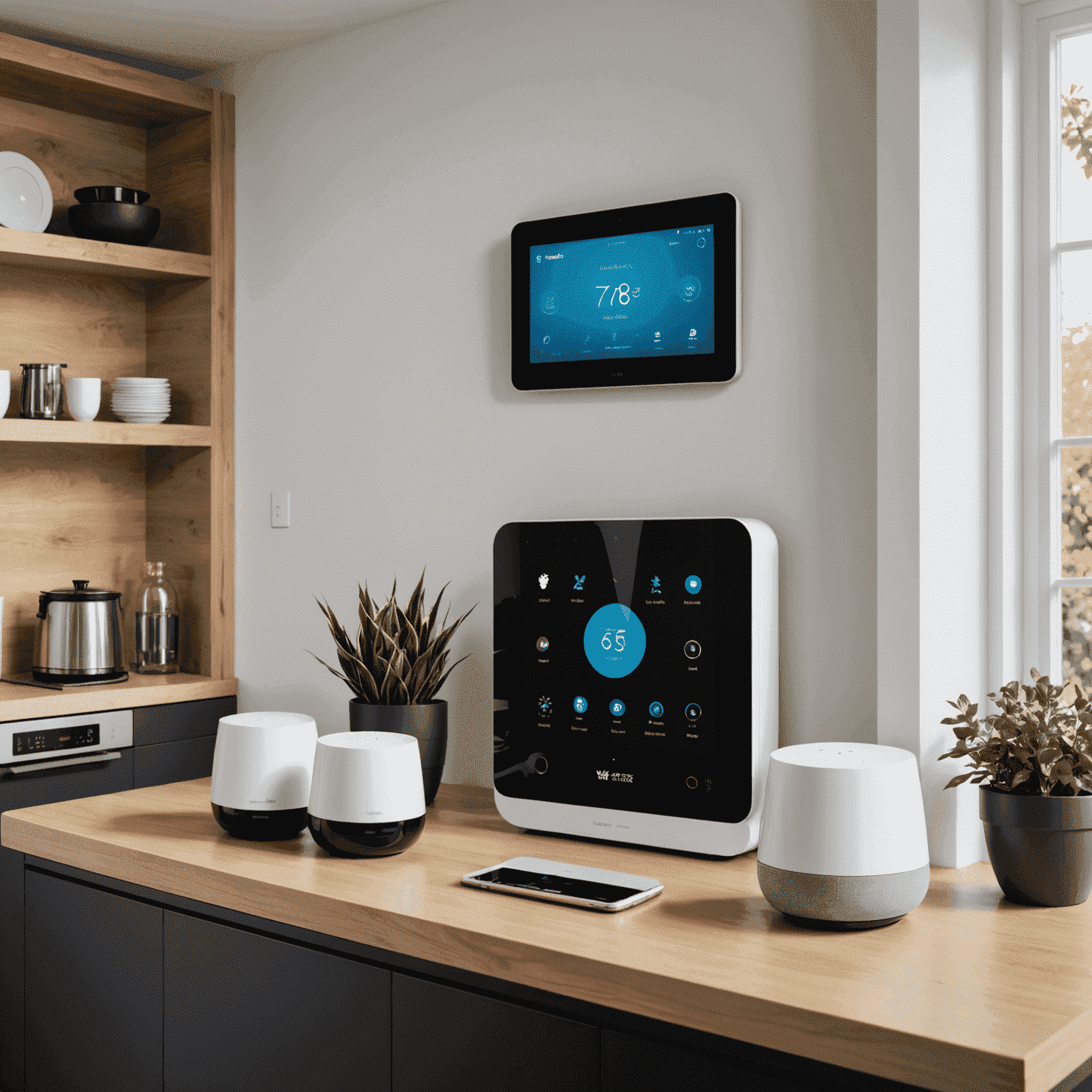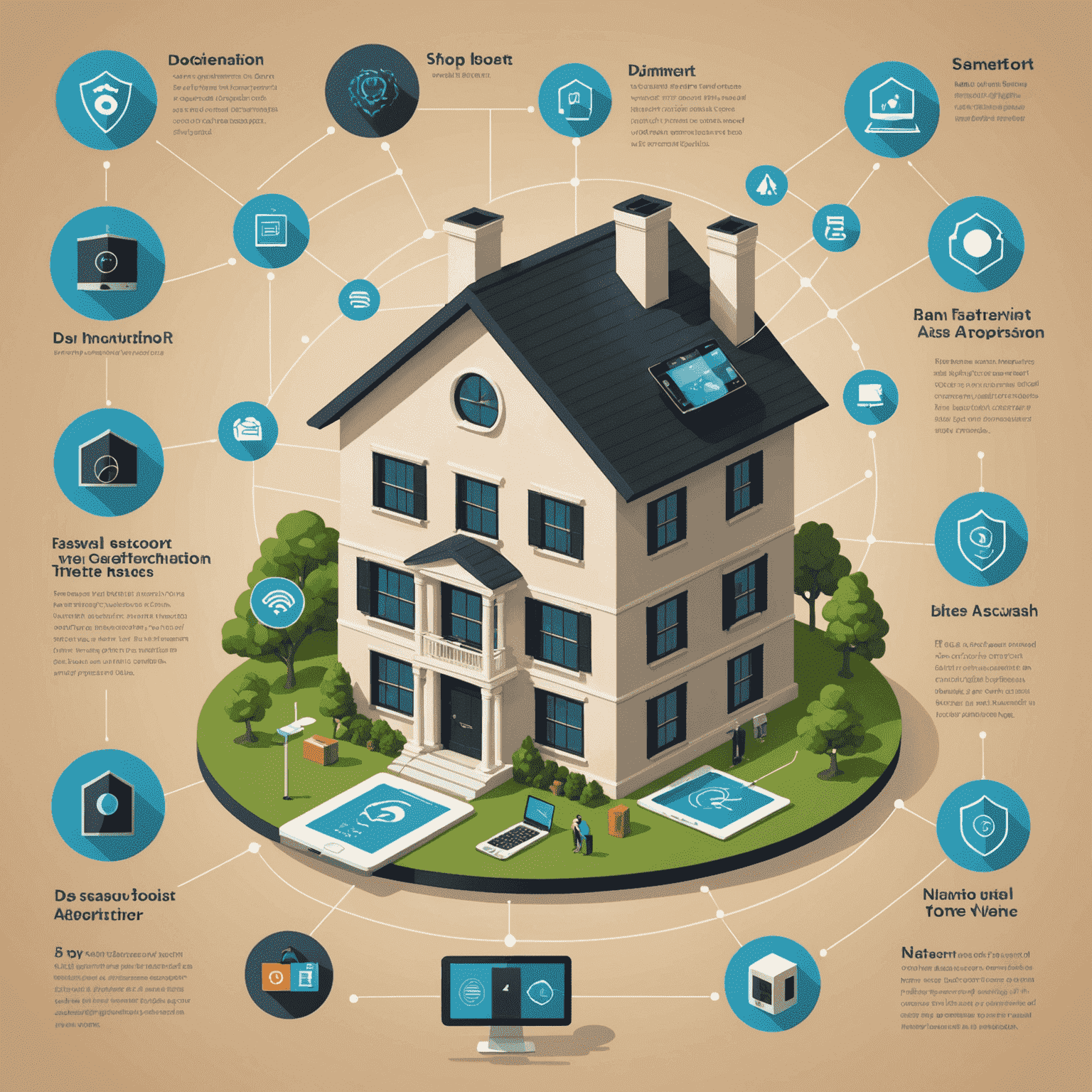Smart Home Integration with Internet

In today's interconnected world, integrating smart home devices with your existing internet setup is crucial for creating a truly intelligent living space. This guide will walk you through the process of seamlessly connecting your smart home ecosystem to your network for enhanced connectivity and control.
1. Assess Your Current Network
Before diving into smart home integration, it's essential to evaluate your existing internet wiring and network configuration. Ensure your router is up-to-date and capable of handling multiple connected devices. Consider upgrading to a mesh network system for better coverage throughout your home.
2. Choose a Central Hub
Select a smart home hub that's compatible with various devices and protocols. Popular options include Amazon Alexa, Google Home, or Apple HomeKit. This central hub will serve as the brain of your smart home, allowing you to control multiple devices from a single interface.

3. Connect Smart Devices to Your Network
Follow these steps to add your smart devices to your home network:
- Ensure your smartphone or tablet is connected to your home Wi-Fi.
- Download the manufacturer's app for each smart device.
- Power on the smart device and put it in pairing mode.
- Use the app to scan for the device and follow the prompts to connect it to your Wi-Fi network.
- Repeat this process for each smart device you want to integrate.
4. Optimize Your Network for Smart Devices
To ensure smooth operation of your smart home devices:
- Place your router in a central location for optimal coverage.
- Use ethernet wiring for stationary devices when possible to reduce Wi-Fi congestion.
- Consider setting up a separate Wi-Fi network exclusively for your smart home devices to enhance security and performance.
- Regularly update your router's firmware and smart device software for the latest features and security patches.
5. Implement Network Security Measures
Protect your smart home network by:
- Using strong, unique passwords for all devices and accounts.
- Enabling two-factor authentication where available.
- Regularly reviewing and updating your network security configuration.
- Considering a virtual private network (VPN) for an extra layer of security.

6. Create Automation Routines
Once your devices are connected, set up automation routines to maximize the potential of your smart home. For example:
- Program your lights to turn on gradually in the morning as your smart thermostat increases the temperature.
- Set your smart door lock to automatically engage when you leave home, triggering your security system to arm itself.
- Create a "movie night" scene that dims the lights, lowers the blinds, and turns on your entertainment system with a single command.
Conclusion
By following these steps, you can successfully integrate your smart home devices with your existing internet setup. Remember that proper network configuration and optimization are key to ensuring a smooth, responsive smart home experience. As you expand your smart home ecosystem, regularly assess your network's performance and make adjustments as needed to maintain optimal connectivity and control.